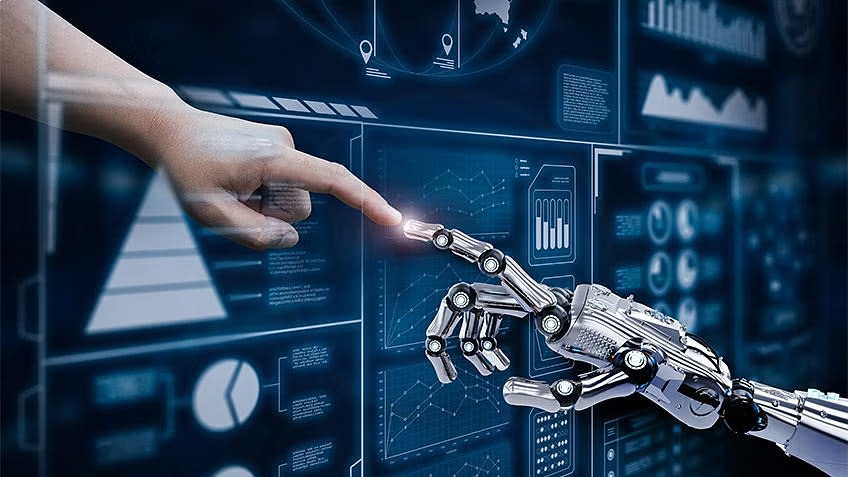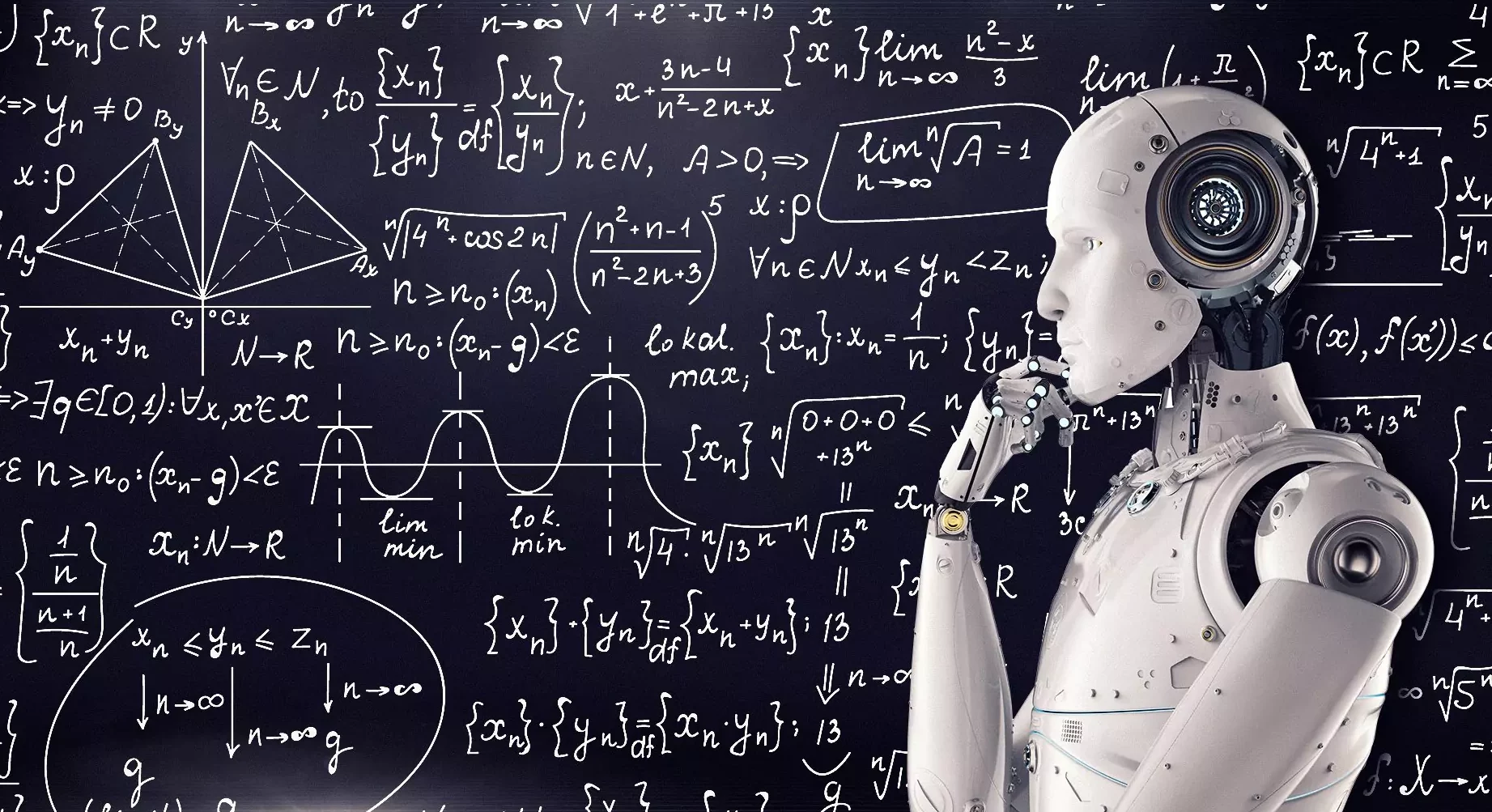The age of domestic robotics has arrived, transforming science fiction fantasies into everyday reality as intelligent machines seamlessly integrate into our living spaces. What once seemed like distant futuristic concepts are now becoming commonplace household companions, revolutionizing how we approach daily chores, home maintenance, and even companionship. The home robotics market is experiencing unprecedented growth, with projections indicating it will surge from $9.63 billion in 2024 to $24.66 billion by 2029, representing a remarkable compound annual growth rate of 21.0%.
This technological revolution encompasses everything from autonomous vacuum cleaners that have become household staples to sophisticated humanoid robots capable of complex tasks like cooking, caregiving, and providing emotional support. Companies like 1X Technologies are pioneering the deployment of humanoid robots directly into homes, with their NEO Gamma robots already being tested in real residential environments. These developments represent more than mere convenience upgrades; they signal a fundamental shift in how we conceptualize domestic life and human-machine interaction.
The driving forces behind this robotic invasion include our aging population’s increasing need for assistance, the integration of artificial intelligence with Internet of Things devices, and consumers’ growing demand for smart home automation. Experts predict that by 2033, robots will handle approximately 39% of domestic chores and caregiving tasks, fundamentally reshaping household dynamics. As these technologies mature, they’re becoming more affordable, intelligent, and capable of learning user preferences while seamlessly integrating with existing smart home ecosystems.
Current Types of Home Robots
Today’s domestic robot spans multiple categories, each designed to address specific household needs. Cleaning robots remain the most popular category, with devices like the Roomba leading the autonomous vacuum cleaner market through advanced navigation technology and smart sensors. These robots efficiently clean floors, carpets, and hardwood surfaces while learning optimal cleaning patterns for each home.

Specialized maintenance robots are expanding beyond basic cleaning. Lawn-mowing robots like the Husqvarna Automower use GPS navigation and obstacle detection to maintain perfectly manicured lawns without human intervention. Window-cleaning robots such as WINBOT employ suction technology and advanced sensors to clean glass surfaces, while pool-cleaning robots like the Dolphin Nautilus handle comprehensive pool maintenance.
Security and monitoring robots represent another growing segment, equipped with cameras, sensors, and motion detectors to monitor homes for suspicious activities and potential threats, sending real-time alerts through smartphone applications.
Humanoid Robots: The Next Frontier
The most exciting development in home robotics involves humanoid robots designed to perform complex, human-like tasks. 1X Technologies has begun deploying NEO Gamma robots into actual homes, where they assist with cooking, provide companionship, and handle various household chores. These robots operate through a combination of artificial intelligence and remote human control, allowing them to adapt to specific household needs and preferences.
During testing phases, these humanoid assistants have demonstrated capabilities ranging from making coffee and telling jokes to helping with meal preparation and providing emotional support. The company plans to expand testing to over 100 homes by the end of 2025, marking a significant milestone in domestic robotics adoption.
Integration with Smart Home Systems
Modern home robots excel through their integration with Internet of Things ecosystems, creating coordinated smart home environments. These robots connect with smart thermostats, lighting systems, and security networks to optimize their operations and enhance home automation. This integration enables robots to understand user preferences, recognize household members, and adjust their services accordingly.
The synergy between robotics and IoT technology creates ambient, self-controlled environments where devices work autonomously while maintaining seamless communication with other smart home components. This coordination results in more efficient energy usage, enhanced security, and improved user comfort.
Future Outlook and Market Projections
The domestic robotics industry is experiencing explosive growth, with investments in humanoid robotics startups reaching $1.6 billion in 2024 alone. Major companies including Tesla with their Optimus robot are investing billions in developing home-ready humanoid assistants, indicating strong industry confidence in this market’s potential.
Experts anticipate significant advances in human-robot interaction, voice assistant integration, and multi-purpose robot capabilities. The development of more sophisticated object recognition, enhanced cloud connectivity, and energy-efficient designs will make these robots increasingly practical and affordable for average households.




